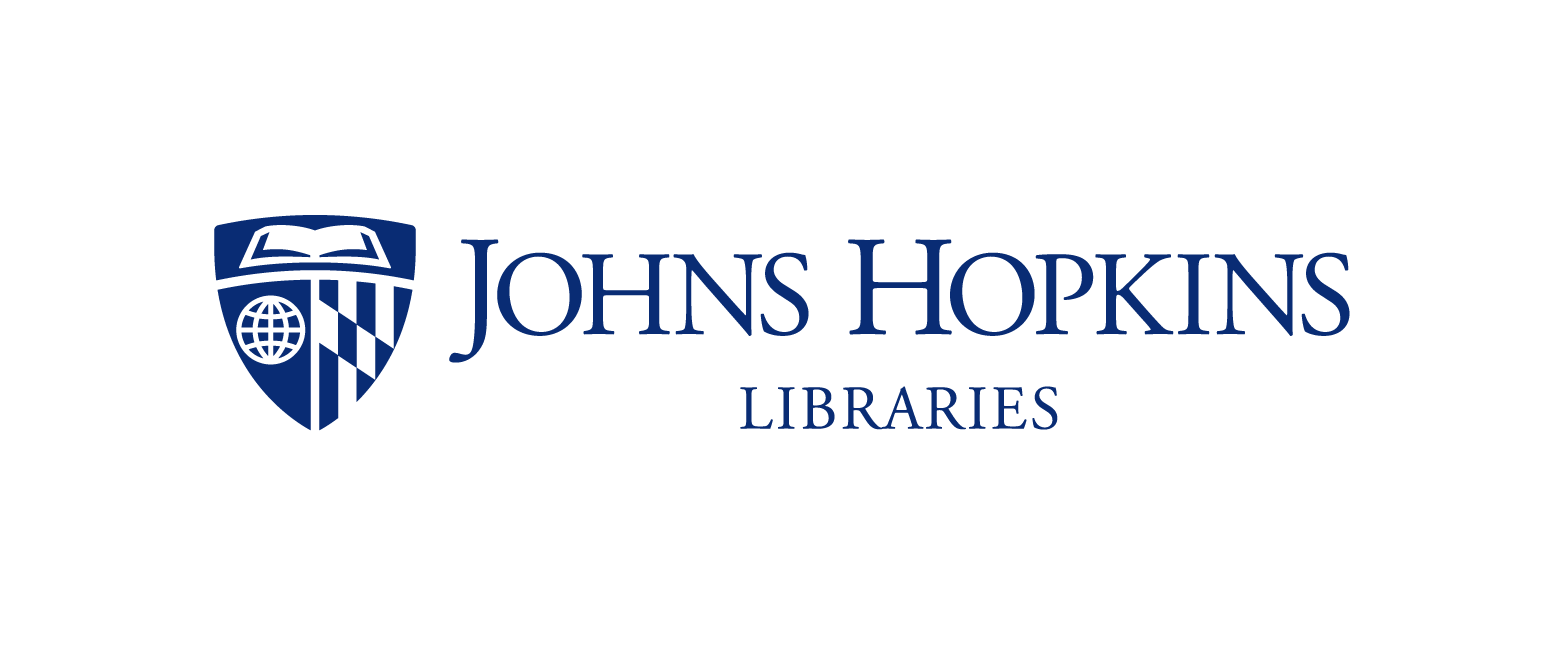Chesapeake Bay Institute records
Scope and Contents
The records of the Chesapeake Bay Institute (CBI) span the years from 1947 to 1991. They are divided into nine series: (1) Donald W. Pritchard, Director, 1947-1975; (2) Administrative Records, 1947-1991; (3) Grants and Contracts, 1950-1987; (4) Research Vessel Logs, 1959-1990; (5) Research Data and Notes, 1949-1978; (6) Research Vessel Ridgely Warfield Blueprints, 1961-1967; (7) Reports Produced by the Chesapeake Bay Institute, 1949-1989; (8) Chesapeake Research Consortium, 1970-1987; and (9) Maps and Charts, undated. CBI's broad range of activities are well documented, but there are gaps in the records, notably the absence of any research data after 1978.
Dates
- Creation: 1947-1991
Creator
- The Chesapeake Bay Institute, The Johns Hopkins University. (Organization)
Use Restrictions
Administrative records in series 2 are restricted for twenty-five years from their date of creation. Education records in series 2, as defined by the Family Educational Rights and Privacy Act, are also restricted.
History
In 1947, Commander Roger Reville of the United States Navy proposed the establishment of a hydrographic research center on the Chesapeake Bay. The following year, the Navy, in collaboration with the State of Maryland Department of Research and Education, founded the Chesapeake Bay Institute. Since it was to be a research institute, the Navy wanted the Institute to be affiliated with an independent university, and therefore consulted Dr. B. H. Willier of the Johns Hopkins University Department of Biology as an advisor to the program.
The Navy's original purpose behind the Chesapeake Bay Institute was to obtain physical and chemical information about the Bay and its tributaries in order to investigate classified harbor defense problems and mine and anti-mine warfare. The State of Maryland wanted the Institute to record and explain fluctuations in the Bay that affect commercial and non-commercial Bay industries. Eventually Johns Hopkins would use the Institute for hydrography, oceanography, geology, chemistry, and biology.
In 1949, Dr. Donald W. Pritchard was appointed Associate Director of the Chesapeake Bay Institute, and a year later he became Director. In 1950, the office and laboratories of the Institute were established in a three-story renovated mansion on Rideout Creek, an estuary of the Bay. The Institute then began to offer a program leading to advanced degrees in oceanography.
In 1952, the Department of Oceanography was founded, and Dr. Pritchard was appointed Chairman. An Advisory Committee on Oceanography was established to administer the joint academic program between the department and the research activities of the Chesapeake Bay Institute.
The laboratories at Rideout Creek were closed and some of them moved to Back Creek, near Annapolis, in 1957. Most of the laboratories, however, were moved to a renovated area in Maryland Hall on the Homewood Campus. The move from Maryland to the new Oceanographic Building, now Macaulay Hall, took place in 1964.
The Chesapeake Bay Institute was placed under the direction of the Department of Oceanography in 1967. All research staff members were then appointed instructors in the oceanography department. In 1968, the Department of Oceanography and the Institute were incorporated into the newly-founded Department of Earth and Planetary Sciences.
In 1973, the Chesapeake Bay Institute was considered an independent branch of the university. Laboratories still remained at Homewood but the administrative center of the Institute was moved to Latrobe Hall in 1976, and then to newly-built Olin Hall in 1982. In 1979, Walter R. Taylor became the director of the Chesapeake Bay Institute.
Although CBI ceased to be affiliated with the Navy, it acted in an advisory capacity to the state and federal governments on environmental matters. It was a research institute, but it also played an important role in education and oceanographic instrument design and development.
By 1990, the University administration decided it could no longer support the Chesapeake Bay Institute as a first-rate research institute. As a result the Institute was formally dissolved on June 30, 1992.
Extent
78.01 Cubic Feet (52 record center cartons, 15 letter size document boxes, 1 letter half-size document box, 1 flat boxes (25 x 21 x 3 inches))
Language of Materials
English
Provenance
These records were transferred by the Chesapeake Bay Institute.
Processing Information
Finding aid prepared by Wayne Kimball, Maryanne Courtney, Jiangqian Jiang, Kim E. Bettcher, and Edward Milligan. .
Subject
- The Chesapeake Bay Institute, The Johns Hopkins University. (Organization)
- Pritchard, Donald (Person)
- Title
- Chesapeake Bay Institute records
- Language of description
- English
- Script of description
- Latin
- Language of description note
- Finding aid written in English
Repository Details
Part of the Special Collections Repository
The Sheridan Libraries
Special Collections
3400 N Charles St
Baltimore MD 21218 USA
specialcollections@lists.jhu.edu
